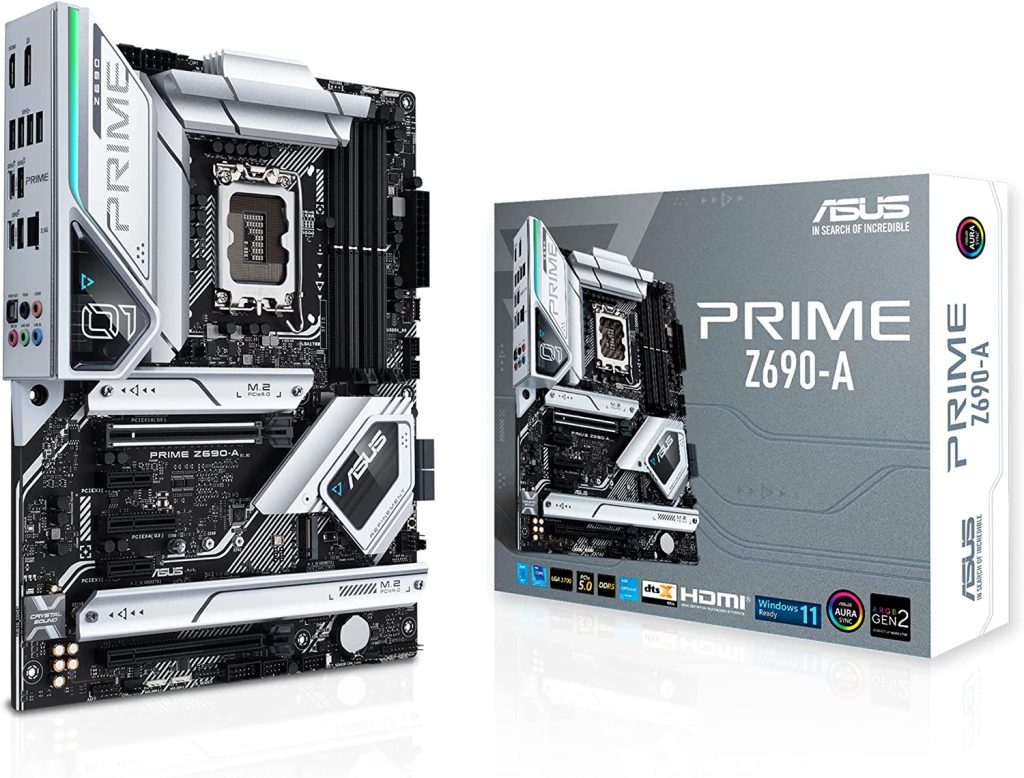Test System
| Test System Specs | ||||
| Reference Mainboard | Asus TUF Gaming B760-PLUS WIFI D4 or Asus Prime Z690-A |
|||
| CPU | Intel i9-12900KF | |||
| GPU | Asus Rog Strix Gaming OC RTX 4090 or AMD Radeon RX 6900XT |
|||
| NVMe | WD BLACK SN850 1TB | |||
| RAM | Crucial Ballistix (2 x 8GB) 4000MHz or Corsair Vengeance LPX DDR5 32GB (2 x 16GB) 5200MHz |
|||
| Power Supply | Seasonic Vertex 1200W (Cybenetics Platinum) |
|||
| CPU Cooler | NH-D15S chromax.black | |||
| Case | DimasTech Bench | |||
| Ambient Temperature | 21°C ±3°C | |||
| Drivers | NVIDIA: 531.18 WHQL | |||
I compared the mainboard with a previous generation, Asus Prime Z690-A, which uses DDR5 RAM. It has a close price, currently at $240, so some users might opt to get a z690 mainboard, allowing for overclocking, which is compatible with the newest CPUs, instead of a B760 mainboard.
Pages:




Sorry, but those numbers cannot be correct. B760 has no OC, enforced power limits, thus 241W to the CPU for a max of 56 seconds.
That would explain the VRM and CPU temps, because with that VRM, that cooler, and 350+W into the CPU, the VRM and CPU temps would not be that low even on Mars.
I have powenetics measuring CPU power consumption in real-time, throughout all tests. In gaming, the PSU doesn’t have to go full power, while in apps the difference is 10%! So the numbers are correct, yes.